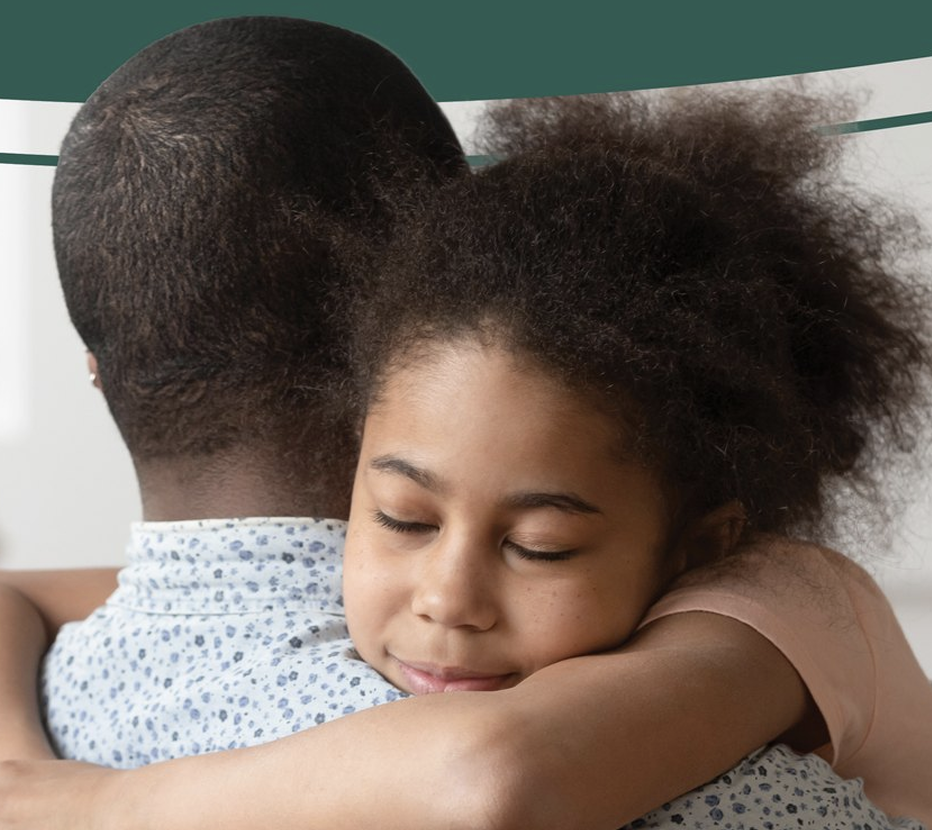Blog
Monday, June 17, 2024
The sun has come out, school is wrapping up, and vacation plans are on the horizon! Living seems to be getting easier as our schedules open up with a bit more freedom and flexible time. We often feel a natural improvement in our mood, motivation, and general sense of well-being as the weather gets warmer and summer approaches, but for kids, summer can introduce a unique set of challenges that can impact their mental health.
Friday, June 07, 2024
This is a real interview with the mom of a 10-year-old girl diagnosed with Separation Anxiety Disorder, Generalized Anxiety Disorder, and a Specific Phobia of stinging insects and birds. They have recently graduated from treatment at the Center for Effective Therapy.
Tuesday, May 14, 2024
The first step towards securing appropriate and effective care for your child or teen who has experienced a traumatic event is to pursue an evidence-based mental health evaluation. If you suspect, or know, that your child is struggling with symptoms of traumatic stress or has experienced a traumatic event, engaging with an evidence-based assessment can help you and your support team identify the ways in which your child is struggling and the best ways to support them moving forward.
Friday, May 10, 2024
The safety of children and teens is of the utmost importance to parents, caregivers, and community members. Caregivers often take extraordinary measures to ensure the security of kids in their care and do the best they can to protect children and teens from experiencing stressful events. Regardless of caregivers' best intentions, and greatest efforts, it’s impossible to guarantee that those they care for will always be out of harm’s way.
Friday, April 26, 2024
The Baker Center community is made up of thousands of caregivers, teachers, professionals, and more, who all care about advancing children’s mental health. Below, we interview a caregiver whose son attends our Manville School. If this story is inspiring to you, we hope you’ll join us at the Baker SuperK on May 4th! This community-based event is the perfect way to connect with others who want to support children with mental health conditions.





